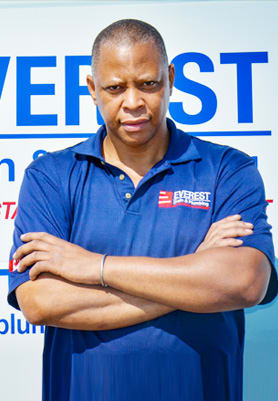Expert Professionals

The entire Everest Plumbing team would like to thank you deeply for your support. This means a lot to us. Your contribution will help transform the life of a survivor. We do hope to receive your support in the future.

The entire Everest Plumbing team would like to thank you deeply for your support. This means a lot to us. Your contribution will help transform the life of a survivor. We do hope to receive your support in the future.